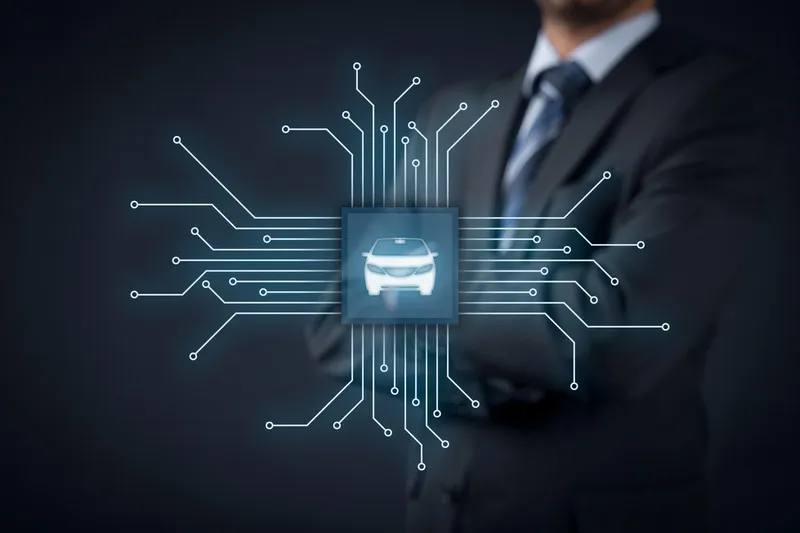Econolite is actively involved in initiatives that are helping shape policy and standards, and is collaborating with leading technology partners – focusing on the connected vehicle promise of increased roadway safety, efficiency and sustainability.
This commitment to the development and advancement of connected vehicle technologies and other leading-edge innovations is on display in a unique vehicle-to-infrastructure (V2I) display on the company’s booth.
The company’s connected vehicle display feature
June 2, 2015
Read time: 2 mins

This commitment to the development and advancement of connected vehicle technologies and other leading-edge innovations is on display in a unique vehicle-to-infrastructure (V2I) display on the company’s booth.
The company’s connected vehicle display features all of the components available right now, working in real time for a V2I demonstration. There is the Econolite Cobalt ATC controller and software communicating wirelessly with the Savari Networks StreetWave Roadside Unit and MobiWave On Board Equipment (vehicle).
By using the 5.9 GHz DSRC (IEEE 802.11p standard) radio frequency to enable data exchanges between the vehicle onboard equipment and the roadway infrastructure, connected vehicle communications are able to help facilitate a safer driving environment. This display provides an easy-to-understand view of how it all works together.
Econolite is also very involved in some of the industry’s most prominent connected vehicle initiatives, including:








